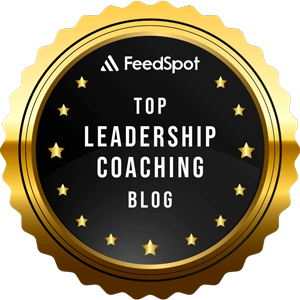Unproductive meetings are not only a waste of time and money, but they also reduce employee engagement and put talent churn at risk. The more time people spend in poorly planned and unfacilitated meetings, the less time they have to spend on their own tasks. As a result, employees feel burnt out and pressured to use their personal time to accomplish their work. Discontent with working conditions disrupts productivity, causing an economic impact on the whole organization. Because of the costly and toxic impacts of bad meetings, leadership should strive to build better meetings.
While teams call meetings for various reasons, each session should follow a basic pre-established meeting plan. When you are consistent with a basic outline, employees learn to trust the process regardless of the topic of discussion. And when meeting participants have confidence in the structure, they’re less likely to space out or prepare for disappointment. Here are some basic elements to consider:
Intro – The best meetings are guided by a facilitator who should be clear about their role and the purpose of the meeting. The facilitator can kick off the session with a check-in or ice breaker, which helps promote a positive environment and attracts participants’ attention.
The rules – The rules may vary depending on whether the meeting is online or in-person. They should include things like when to ask questions. Should questions be reserved at the end of each discussion or be raised immediately? What are the non-verbal signals for questions or someone asking to be excused? Should all mobile devices like smartphones, laptops, and tablets be set aside to ensure there are no distractions?
Role assignment – For streamlined meetings, the facilitator should assign roles such as note-taker and timekeeper. Note-taking is most effective when the person has agenda items ahead of time. The timekeeper ensures that the meeting follows its schedule and doesn’t dwell on one or more agenda items longer than necessary.
Agenda summary – The best practice for effective meetings is to prepare the agenda items before the meeting. This can be sent by email, passed out before the meeting starts, or viewable from a whiteboard or screen. To prepare the participants for the flow of the meeting, summarize the agenda and the specific expected deliverables.
Closing – The closing statements should confirm whether the deliverables were met. If so, they should be summarized, such as a final decision or the need for another meeting. Remember, not all meetings that don’t produce the desired outcome are necessarily failures. During meetings, discussions often reveal other roadblocks and conflicts that need to be resolved before proceeding. When this happens, the facilitator needs to practice adaptability and flexibility. Some issues may be resolved during the existing meeting. Issues that may be more complex may require a separate meeting dedicated entirely to their resolution.
Does your team struggle with structuring and designing meetings that follow its plan and achieve its goals?
If you are interested in pursuing a conversation or just need more information on the topic above, please let me know. There is never any cost for a discovery call which you can schedule right here: https://calendly.com/inscapegreg/30min
I look forward to chatting with you.











